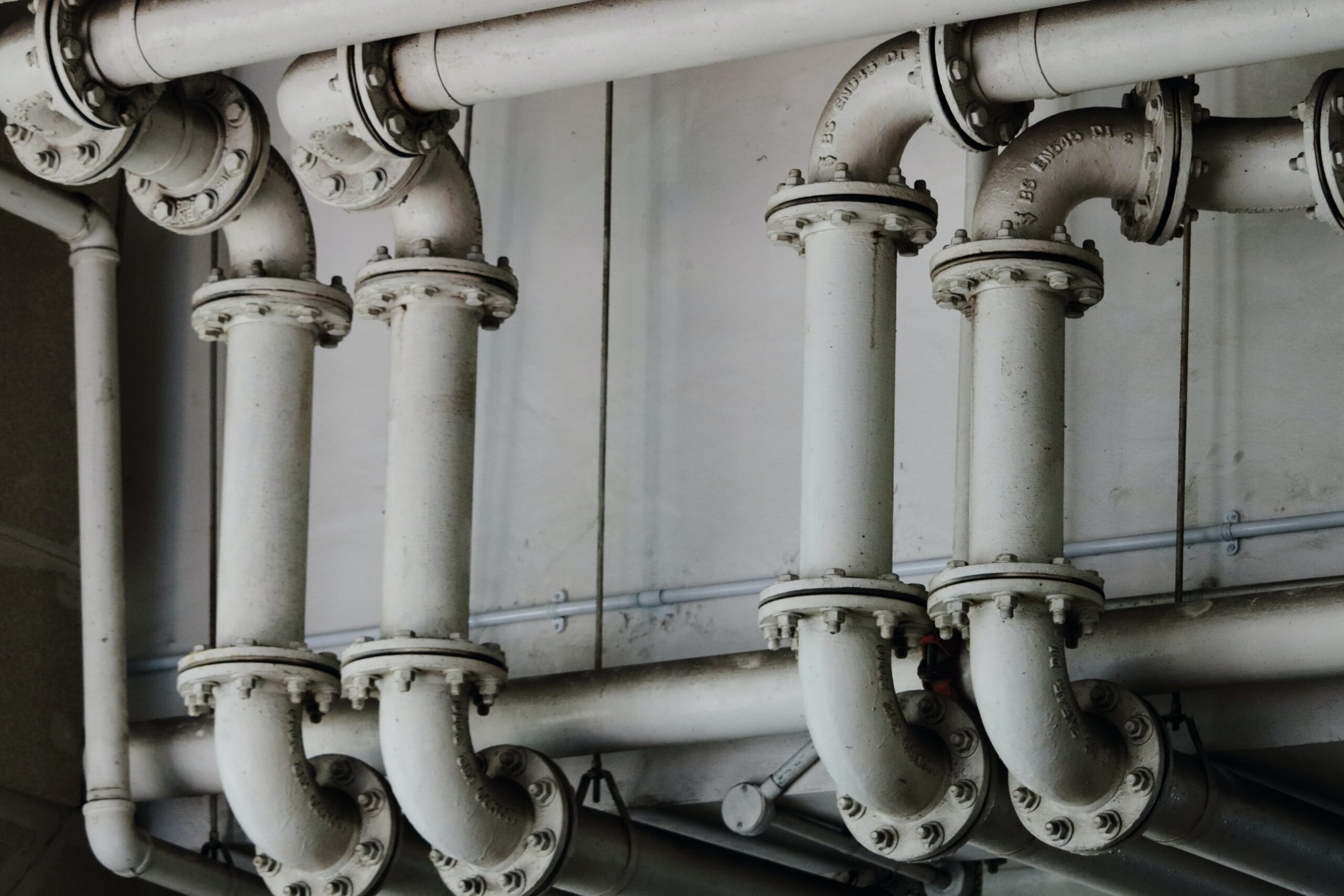Download our publication on district energy
This article is part of our publication ‘District Energy’
Download nowPerspective
District energy
District heating


Municipal and consumer owned district heating companies have established an integrated district heating system. The heat is produced efficiently by waste incinerators (25 per cent) and power plants (70 per cent). Only 5 per cent is from boiler plants. The system is in transition towards 4th generation district heating.
From 1903 to 1979, district heating developed steadily based on surplus heat frompower plants and waste incinerators, as well as heavy oil boilers, providing a good alternative to individual boilers. Since 1979 the system has increased significantly, regulated by the Heat Supply Act and in symbiosis with the power and waste sectors. Recently, many natural gas districts have changed to district heating and the heat transmission has been extended in order to meet the objectives of cost-effective heat supply taking into account the cost of CO2 emissions.
The heat transmission and waste management companies are owned by the municipalities they serve, and the 20 heat distribution companies are owned either by municipalities or consumers. Thus, all companies have a strong interest in working together to find the most cost-effective solutions for the consumers in Greater Copenhagen.
The transmission system, the heat storage tanks and the heat load dispatch unit are vital for the optimal use of the resources and competitive heat prices. The system supplies 75 million m2 of heated net floor area. The annual heat sale is 8,500 GWh and the production is 10,000 GWh. The back-bone of the system is a 160 km long 25 bar transmission system (max 110 °C) and 3 x 24,000 m3 heat storage tanks. This system is connected to distribution systems via heat exchangers. A heat market unit organised by the transmission companies is responsible for optimising the heat production (hour to hour and day to day) from CHP plants, waste incinerators, more than 50 peak boiler plants and other smaller heat producers.
This article is part of our publication ‘District Energy’
Download nowThe system is in transition towards 4th generation district heating:
Perspective
Energy efficiency in buildings
+20
Perspective
Energy efficiency in buildings
+18